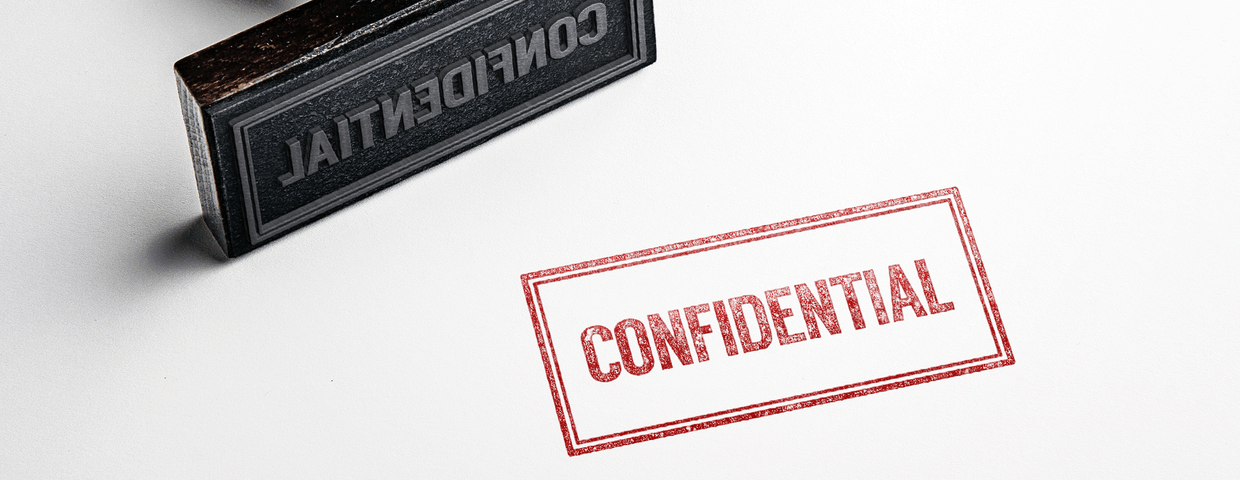How Multifunction Printers Improve Attorney-Client Confidentiality

Confidentiality is an absolute necessity in the legal industry. It protects both clients and attorneys, creating a secure environment for sensitive information and enabling legal processes to proceed efficiently. Although confidentiality is often achieved via digital tools and safeguards, your law firm’s multifunction printer has just as big a role to play in protecting clients. That role requires active utilization in order to be effective.
Confidentiality is an absolute necessity in the legal industry. It protects both clients and attorneys, creating a secure environment for sensitive information and enabling legal processes to proceed efficiently. Although confidentiality is often achieved via digital tools and safeguards, your law firm’s multifunction printer has just as big a role to play in protecting clients. That role requires active utilization in order to be effective.
Making Multifunction Printers Secure
Although multifunction printers have a number of built-in security features, they remain one of the biggest targets for digital criminals, simply because many firms and other businesses do not utilize those features. When uncontrolled, printers are also the source of many internal security risks, including human error. However, when used as an active part of your law firm’s security procedures rather than being allowed to remain a vulnerability, they act as champions of attorney-client confidentiality–which is why it is critical to use multifunction printers to the extent of their security potential.
Here are three ways multifunction printers can improve confidentiality:
- Limit the risk of human error.
Because printing is often just one part of an attorney’s busy day, it is all too easy for innocent but potentially disastrous mistakes to be made. For example, if a client’s sensitive information is left on the printer tray for even a minute, it runs the risk of being accidentally picked up by the wrong attorney.
Multifunction printers can be used to eliminate the risk of this and other instances of human error. Tools like “follow-me printing” work with your printer’s existing features to hold print jobs until the correct attorney arrives at the machine to enter a unique code.
- Automate printing tasks.
Certain parts of your workflow can be automated by your multifunction printer. In addition to saving attorneys valuable time, automation limits the number of people who have contact with a client’s secure information, minimizing the risk of error, loss, or theft.
- Use tracking technology.
When an attorney scans a document at the multifunction printer, that document can then be tracked and delivered securely to another device or even an email application. Tracking improves accountability and makes confidentiality a feature built-in to your workflows.
Conclusion
Multifunction printers may be a target for digital criminals, but when utilized properly, they instead become a tool for attorney-client confidentiality–and a simple, effective way to secure your firm’s data. The key is to utilize every function and feature to its maximum potential, giving your multifunction printer an active rather than passive role in security and confidentiality.
If your firm struggles with attorney-client confidentiality, or if you want to learn more about multifunction printers, contact us today.


















